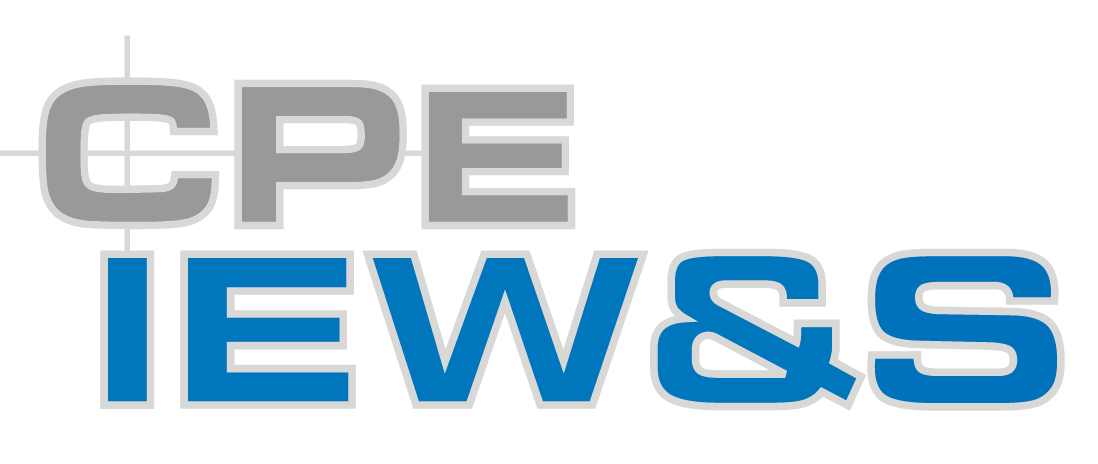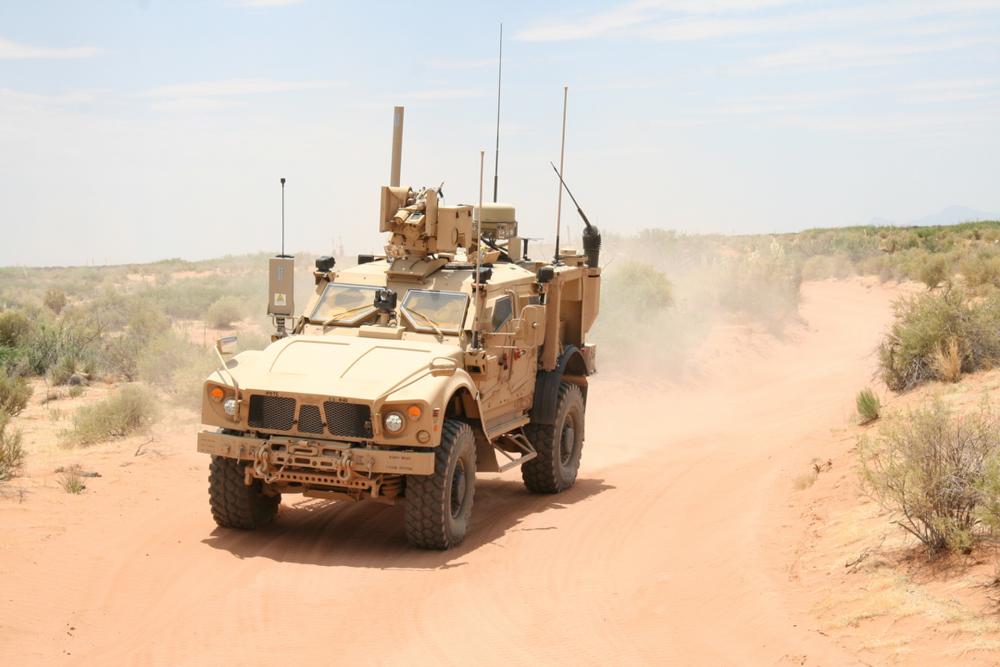Project Manager Intel Systems & Analytics (PM IS&A) is responsible for developing a number of important Army modernization programs, but none more critical than the Tactical Intelligence Targeting Access Node (TITAN).
As a “key enabler” for the Army’s future in Multi Domain Operations (MDO) and Joint All Domain Operations (JADO), TITAN will be the first Intelligence ground station enabled by Artificial Intelligence and Machine Learning (AI/ML).
TITAN will deliver a next-generation, expeditionary, scalable, and maneuverable platform at echelon that is purpose built to address the Army’s number one gap in large scale combat operations (LSCO): deep sensing. By accessing sensor data from multiple sensors simultaneously across the space, high altitude, aerial, and terrestrial layers, TITAN provides situational awareness and situational understanding across operations. Fusing that data and using advanced analytics to deliver targetable intelligence to lethal and non-lethal networks reduces the sensor-to-shooter gap and enables Long Range Precision Fires (LRPF), aviation and mission command.
TITAN subsumes the functionality of the Army’s legacy ground stations, including the Advanced Miniaturized Data Acquisition System (AMDAS) Dissemination Vehicle (ADV), Advanced Remote Ground Terminal (RGT), and Tactical Intelligence Ground Station (TGS). TITAN’s most significant contribution to Intelligence, Surveillance, and Reconnaissance (ISR) is its modular open system architecture and data management. The increase in sensor data during competition and conflict require a solution that can receive, process, and store massive volumes of data. The baseline software enables this data integration and processing, and its ability to Task, Collect, Process, Exploit, and Disseminate (TCPED) through Collection management and fusion across domains ensures any sensor can support the right shooter.
AI/ML-enabled capabilities and the first Multi-Link/Multi-Band (ML/MB) antenna are considered critical enabling technologies for TITAN, with plans to research, develop, exercise, and demonstrate them across Army modernization activities like Project Convergence. Samantha Barczak, the TITAN Product Lead within Product Manager Intelligence Systems (PdM IS), said, “Delivering of real-time intelligence with the help of AI/ML algorithms is the future of the sensor-to-shooter chain. TITAN will do the heavy lifting and data processing that will allow Intelligence analysts time and space to make data-driven assessments for commanders at every echelon.”
TITAN’s ability to merge sensor data from every layer increases situational awareness to new levels, but its ability to access national and commercial space data through Direct Downlink and network connections means the Army will have a capability to sense deep into strategic areas of operation, and directly support future capabilities like Long Range Precision Fires needed against near peer threats.
PM IS&A Col. Christopher Anderson a former Field Artillery (FA) Branch officer said, “TITAN’s ability to fuse a common intelligence picture and generate target nominations at the speed of future conflict makes a key enabler for the Army, delivering for the first time, capabilities like automated target recognition, identification, and geolocation from multiple sensors simultaneously.” Anderson also noted that TITAN’s acquisition approach provides for a DevSecOps pipeline that allows Continuous Integration and Continuous Delivery (CI/CD) of AI/ML-enabled tools and services that are prioritized by the user and that keep pace with technology and the threat.
The TITAN development efforts are leveraging a flexible, agile Acquisition approach, informed over the past year by 100+ industry engagements, market research, and alignment with Army ISR Task Force and Army Futures Command Cross-Functional Team (CFT) efforts.
TITAN development seeks to achieve the desired characteristics contained in its Abbreviated Capabilities Development Document (A-CDD), scheduled for a 1QFY22 Army Requirements Oversight Council (AROC) that will support the use of Middle Tier of Acquisition (MTA) pathway for rapid prototyping.
An Other Transaction Authority (OTA) contract effort is underway to support development of the system design and mature baseline software. This C5 OTA was awarded in January 2021 to Palantir Technologies and Raytheon Intelligence & Space as a twelve-month competitive effort. Following a series of design reviews, Soldier Touchpoints (STPs), and Technical Demonstrations (TDs), PM IS&A will award future OTA phases to build the variants and incorporate emerging technologies.
Lt. Col. Michael Fowles, PdM IS, said, “We are excited to develop TITAN within PdM IS with support under PM IS&A, PEO IEW&S, and from the Army’s greater community of interest. We have a number of key partners and stakeholders ensuring the program’s success.” He emphasized that, “TITAN’s ability to pass targetable data directly to fires networks as well as multi-discipline intelligence support to targeting and Situational Awareness (SA)/Situational Understanding (SU) makes it a keystone program for the Army’s modernization goals.”
As PM IS&A pilots the systems development efforts, TITAN is poised to provide a game-changing and comprehensive solution from competition to conflict and support the intelligence and targeting communities.
Courtesy Photo | TITAN subsumes the functionality of the Army’s legacy ground stations, including the Advanced Miniaturized Data Acquisition System (AMDAS) Dissemination Vehicle (ADV), Advanced Remote Ground Terminal (RGT), and Tactical Intelligence Ground Station (TGS). TITAN’s most significant contribution to Intelligence, Surveillance, and Reconnaissance (ISR) is its modular open system architecture and data management. The increase in sensor data during competition and conflict require a solution that can receive, process, and store massive volumes of data. The baseline software enables this data integration and processing, and its ability to Task, Collect, Process, Exploit, and Disseminate (TCPED) through Collection management and fusion across domains ensures any sensor can support the right shooter. Here, systems mounted on a Joint Light Tactical Vehicle (JLTV) will contribute to TITAN’s intelligence gathering capabilities.


